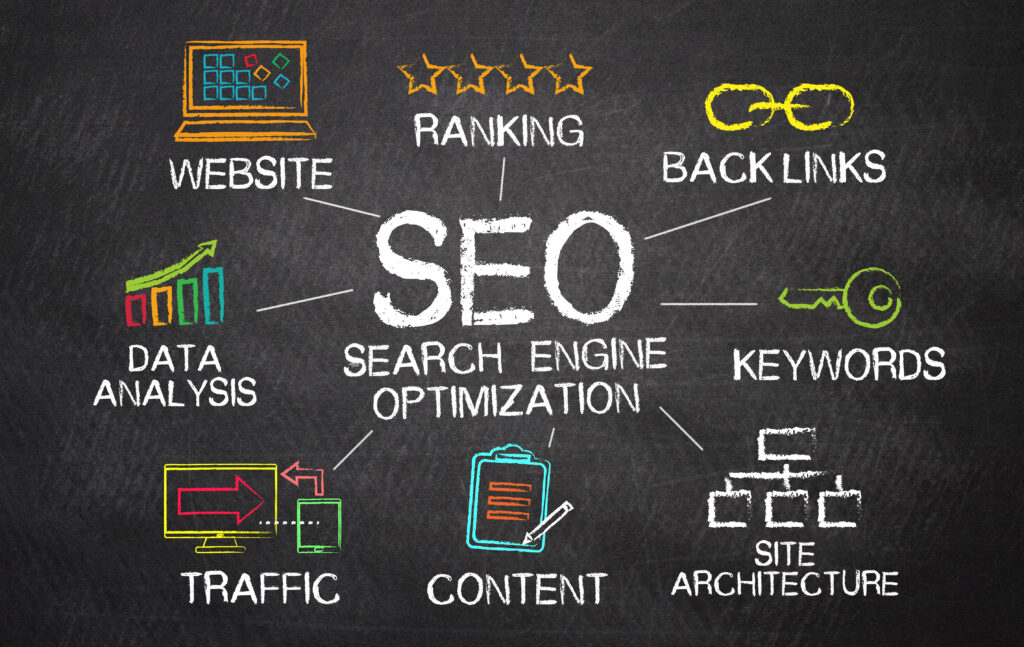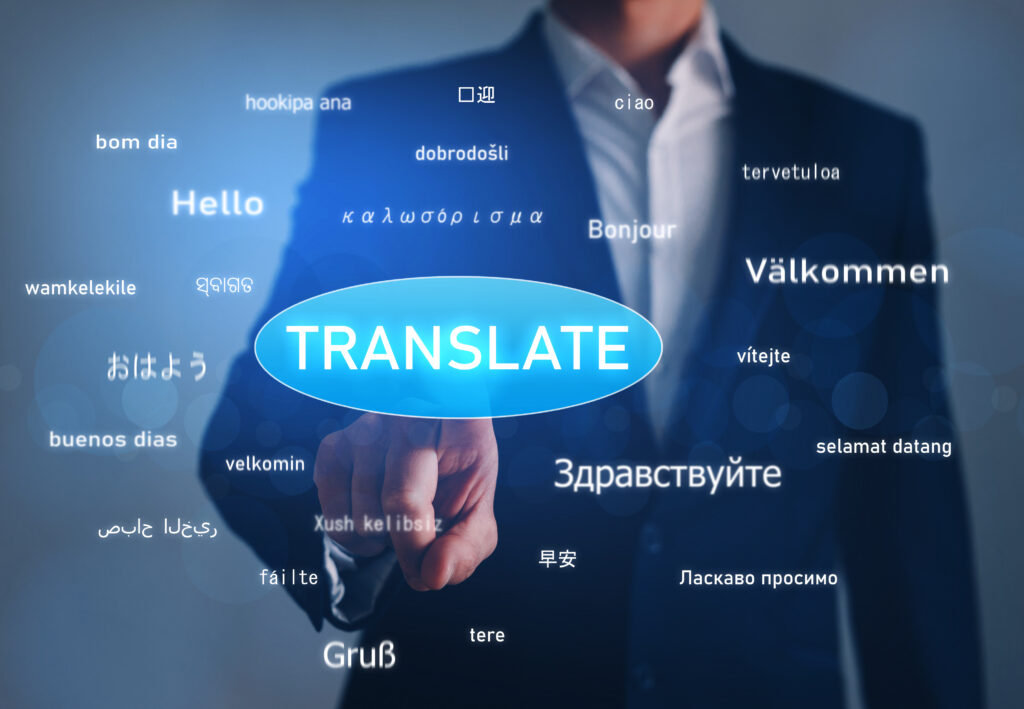5 Things To Know About Website Translation And Localization

Marketing is an aspect businesses can’t do without if they aim to sell their products and services. One way to get marketing right is by connecting with the target audience. The target audience is those you expect to consume your products and seek your services.
You can connect with your target audience in various ways, one of them being through your website. All you require is website translation and localization. What do these entail, you might wonder. This article discusses the two in-depth for optimum results.
Here’s what to know:
- Website Translation Vs. Website Localization
Website translation refers to changing a website’s original language to a given native language based on the target audience. Translation doesn’t involve the change of a website’s outlook. It’ll reflect the original content, only in a different language.
Website localization involves changing a website to suit the culture and language of a given target audience. It’s broad, and you’ll require to change everything on the website to suit the given culture, including the images you’ll use.
Although different, website translation and localization work best together. As you revamp your website, it’s important to research the given culture, especially when localizing. Wrong localization might not resonate with your target audience, making all the efforts futile.
- You Need Additional Finances
Website design is a service that’s often quite affordable to most businesses since it involves a standard procedure. However, should you need website translation and localization, you need to avail extra funds. You’ll need to hire special services for these needs. Usually, these services don’t come cheap, but you can find an affordable provider.
Consider comparing the service costs of several providers and settle for the one you can afford. Alternatively, some freelancers offer these services. Once again, compare several of them before settling on any. As you seek these services, ensure they’re qualified for the job and have experience. You want perfection; your brand’s reputation is on the line.
With the aim of reducing costs, you might be tempted to use online translation platforms. Please refrain from seeking this option. In most cases, you’ll find errors with the translations, which surround mistranslation. These platforms often translate word to word, which is likely to alter the meaning and presentation of your message.
- Do Not Forget SEO
Search Engine Optimization (SEO) is an important addition to any website. A good SEO will rank you high in search results, giving you visibility and increased website traffic. Before translating and localizing, you probably had a top-notch SEO strategy.
One mistake you can make is assuming your SEO will remain as is upon translation and localizing. You’ll need to change your keywords to reflect common words used in the native language, including phrases.
It’d help to work with a native speaker of your target audience’s language. They’ll tell you common words and phrases they use to refer to the products and services you offer. Incorporating these words will increase your SEO, ensuring you stay at the top of search engine results.

- You Must Define Your Scope
A total website translation and localization takes time and consumes more money than a sectional revamp. There’s a way to get around the time and money consumption. You’ll do this by defining the scope of these services.
Scope definition and reduction mainly work if you have several audiences. One can be from a given language, and the other a global one since you don’t want to miss out on gaining global customers.
Here, you’ll identify the specific services and products your native target audience requires from you. Suppose you manufacture and sell clothes and have several collections for each weather. Assume the location of your native speakers receives extremely cold weather. These people are less likely to head over to your summer collection. Therefore, you can section website translation and localization services to your winter collection. It’s where your native speakers are likely to visit. Them finding it in their native language will make them feel they belong with your brand. They’re highly likely to buy from you rather than your competitors that are not using the same tactic.
- You Must Be Proactive
Being proactive is an attribute that entails being ahead of situations before they happen and cause havoc. It’s a character you should adopt with your website translation and localization. Why?
As trends and tastes change, the meanings of words and phrases are likely to change as well. It’s information you need to have as soon as the changes happen. The information will help you to change your localization and translation to adopt the new meanings of slang and words.
Being at par with changes will keep you closer to your native audience.
Conclusion
The discussion has established that website translation and localization are different, but both are important. Based on this, this article further highlights the things you should know about the two. This information will help you adopt localization and translation appropriately to ensure you achieve your goal of connecting to your native target audience. Highly consider implementing the insight for your website.
